Did Hackett try to mix up his play-calling for the New York Jets?
There are not enough words to describe the New York Jets’ offensive futility in 2023. They finished with the 14th-worst offensive DVOA since 1981. (DVOA is a measure of efficiency adjusted by game context and opponent.) It was the worst offensive DVOA in their team history, which is itself an incredibly dubious accomplishment considering some of their past teams. Adam Gase’s futility as an offensive coach paled in comparison to Nathaniel Hackett‘s.
We at Jet X have piled on Hackett and the Jets’ offense. Michael Nania harshly criticized Robert Saleh and Hackett in back-to-back articles. There’s a lot of material to cover.
Still, there’s one other aspect we’ve neglected to fully address: the predictability of Hackett’s play-calling situationally. Maybe there’s some saving grace in that area. Maybe he didn’t quite live up to the legacy of his father, Paul, who was known as run-run-pass in his days as the Jets’ offensive coordinator.
Most predictable coach in the NFL
In 2022, I evaluated then-offensive coordinator Mike LaFleur’s play-calling using a measure called XPASS. XPASS quantifies the likelihood of a team passing the ball in a given game situation based on evaluating previous NFL game data.
I consider a play call predictable if the team does something that has at least a 55% chance of being called. If XPASS says there’s a 55% chance of a pass and the team passes, that’s predictable. If XPASS says there’s a 45% chance of a pass (55% chance of a run) and the team runs the ball, that’s predictable.
In between is a more gray area that I labeled “meh” because the play call could go either way. If a team called a play that had less than a 45% chance of being called, it was unpredictable.
An analysis of XPASS determines that Hackett was the most predictable play-caller in the league. He called a predictable play on an astounding 61.5% of the Jets’ offensive plays.
A saving grace for Hackett is that he called somewhat more unpredictable plays, ranking 22nd at 18.7%. The Saints called the fewest unpredictable plays at 15.2%.
Still, the XPASS predictability metric backs up the eye test: Hackett was an unimaginative play-caller. That doesn’t even touch his choice of formations (which Nania covered) or the route combinations he ran (which are difficult to quantify statistically but were also highly suspect on film).
Situational breakdown
It’s worth looking at Hackett’s play-calling predictability in different situations. Perhaps the Jets’ overall unfavorable situation adjusted his play-calling.
Early downs
One area that could have skewed Hackett’s play-calling predictability was the Jets’ futility on early downs. Perhaps he was forced to throw the ball on third down a lot, affecting his rankings.
But no. His rankings are much the same when excluding third down. On first and second down, Hackett ranked 31st in the league with a 53.7% predictability rate. He tied for 19th with a 20.5% rate of unpredictable play calls.
Game close
Another area that could skew play-calling predictability is whether the game is within reach or not. When a team is playing with little chance to win, they will almost always throw the ball. If you eliminate those situations, perhaps the picture changes.
Surprisingly, it drastically alters the perception of Hackett’s play-calling in one area. He was still a fairly predictable play-caller at 52.9%, tied for 22nd. However, his unpredictable play-calling rate shot up to 22.9%, the fifth-highest in the league. That means Hackett opened the bag of tricks a fair amount when the game was reasonably close.
Interestingly, while the Jets had a fair number of play calls where the game wasn’t close, they weren’t quite at the bottom of the league in that category. 40.1% of their play calls came when the game’s win probability was not between 20-80%, the 14th-highest rate.
This shows that Hackett was incredibly predictable when the game wasn’t close. In situations where the win probability was not between 20-80%, Hackett had the highest predictability rate (74.3%) and the lowest unpredictability rate (12.4%). That unpredictability rate is 5% lower than the next-closest team.
First down
Hackett was the second-most predictable play-caller in the league on first down. 45.9% of his play calls were considered predictable. He was somewhat better in unpredictable play-calling, ranking 16th at 17.4%.
Predictable passing vs. running
Surprisingly, Hackett’s play calls to run the football weren’t especially predictable. He ranked fourth in the NFL with just a 33.5% predictable run call rate. Meanwhile, his unpredictable rate was the ninth-highest at 36.6%.
Stunningly, those numbers were even starker when the game was close. When the game’s win probability was between 20-80%, Hackett’s run calls were predictable just 27.7% of the time, the third-lowest rate in the league. Meanwhile, his 39.4% unpredictability rate was the highest in the entire NFL.
It was on pass plays where Hackett got in trouble. He ran predictable pass plays 77.7% of the time, the second-most in the NFL. His 8.28% unpredictable rate ranked 28th. Even when the game was close, his pass plays were predictable 71.2% of the time, the second-most in the league. He was a little more unpredictable with pass plays when the game was close, though, tying for 13th at 11%.
Overall, it appears that Hackett did try to do something more than run-run-pass when it was strictly predictable.
Mix it up more
In 2024, Aaron Rodgers will take the reins of play-calling to a large extent. Therefore, it will be more difficult to evaluate Hackett’s play-calling. Perhaps keeping track of how often Rodgers audibles and what the play call is will be a project for the film nerds here at Jets X-Factor.
Still, Hackett needs to do a better job of mixing it up, especially when it comes to pass plays. Nania pointed out that the Jets run the ball too often on second-and-short.
SECOND down, not third, continues to be the Jets' worst down. Every week they waste second and short shot opportunities with redundant runs that lead to third down.
I don't know if Hackett knows this, but you ARE allowed to get first downs before third down.
— Michael Nania (@Michael_Nania) November 13, 2023
Plays like this are where I feel like the Jets are missing opportunities to make big plays downfield. It's 2nd & 1 after Cook just had two straight good runs (10 then 9). Look how hard the defense bites; they leave the whole middle of the field open. But Jets run again for no… pic.twitter.com/6EDCHVdzWz
— Michael Nania (@Michael_Nania) November 14, 2023
Overall, Hackett’s predictability on early downs hamstrung the Jets’ offense to a large extent. As atrocious as their third-down conversion rate was, they often forced themselves into third down with predictable play-calling on second down.
This was an exceptionally long-winded way of repeating the overarching point: Hackett must be worlds better in 2024 for the Jets to have any shot of competing.

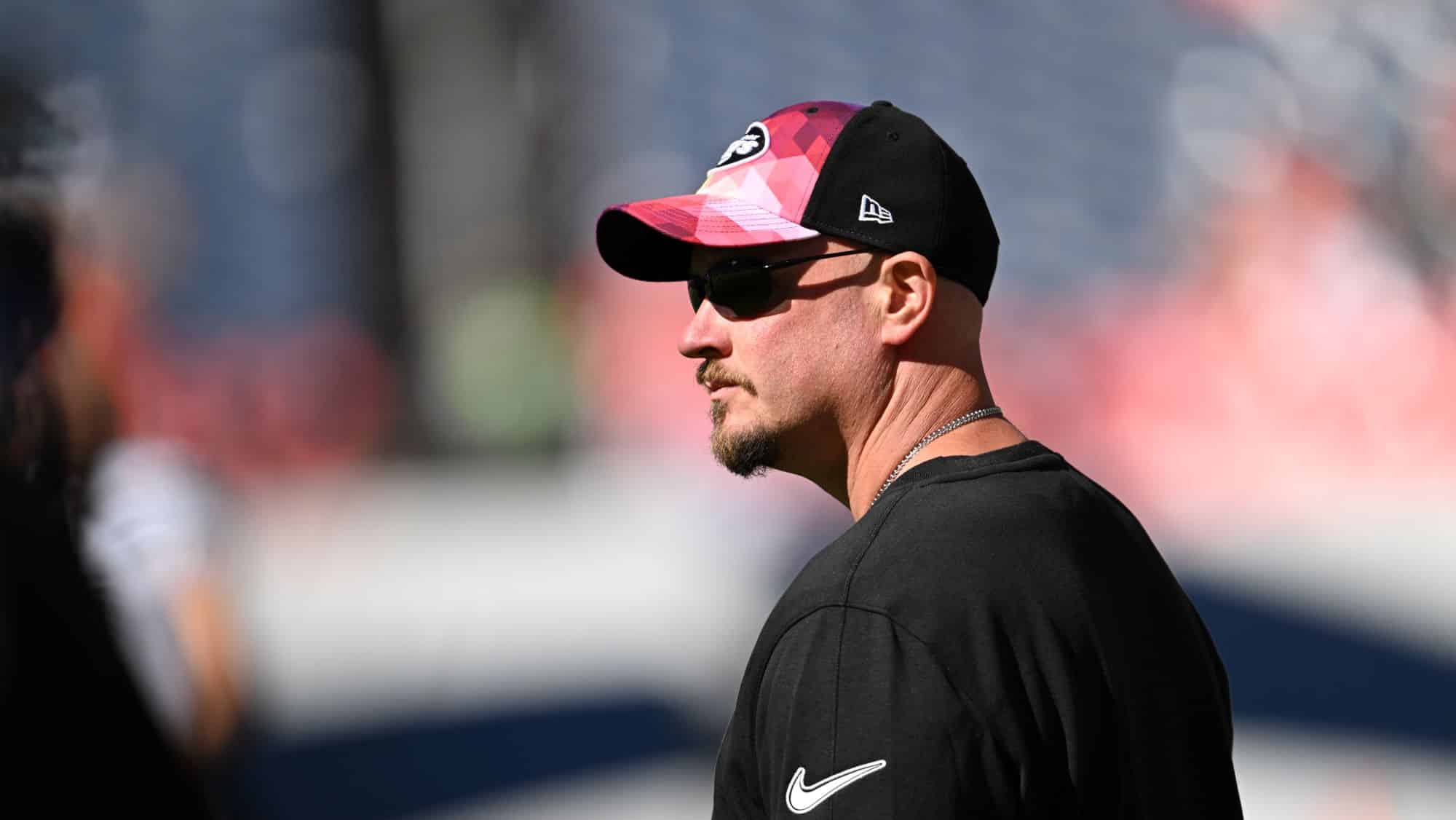



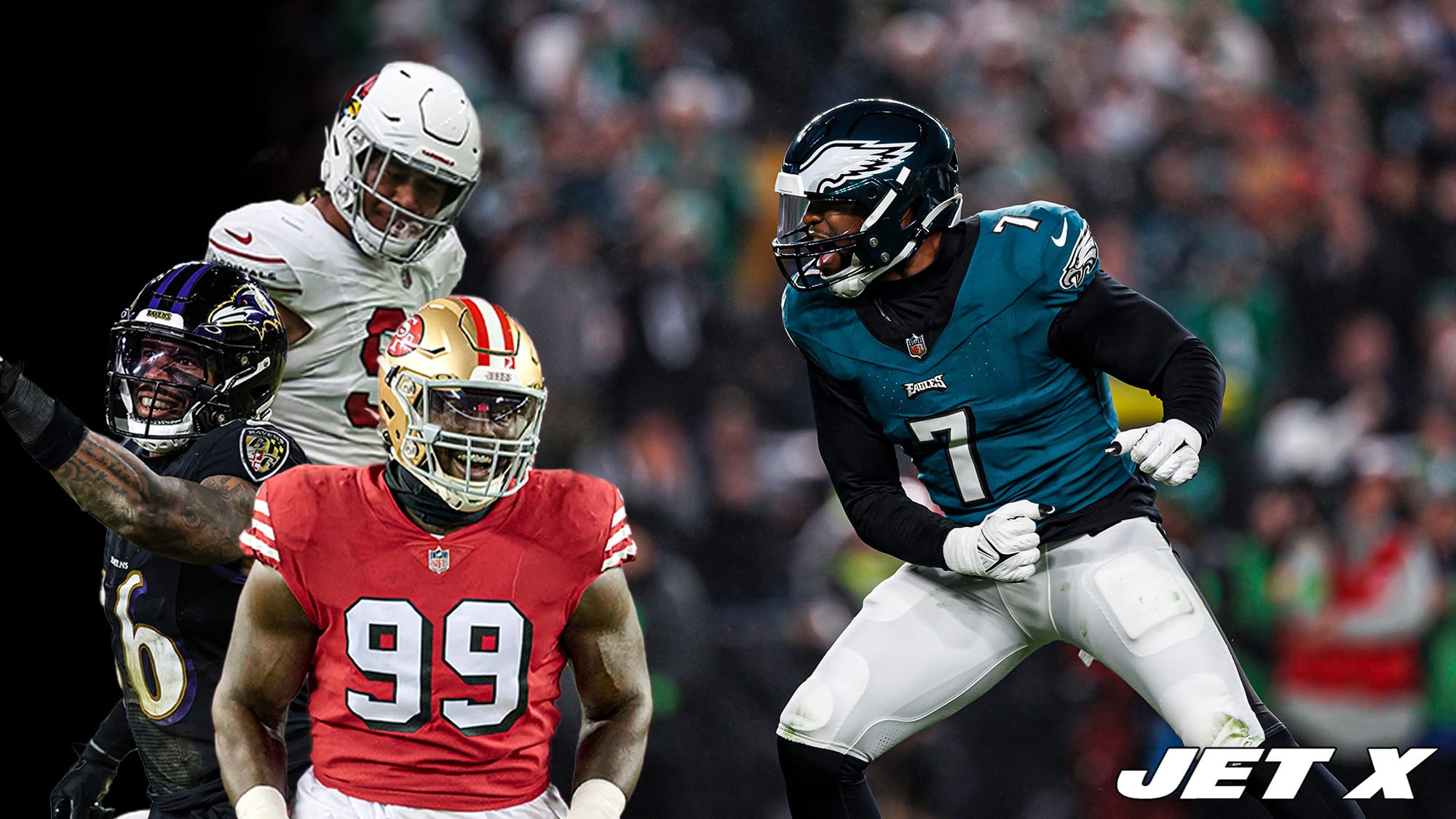
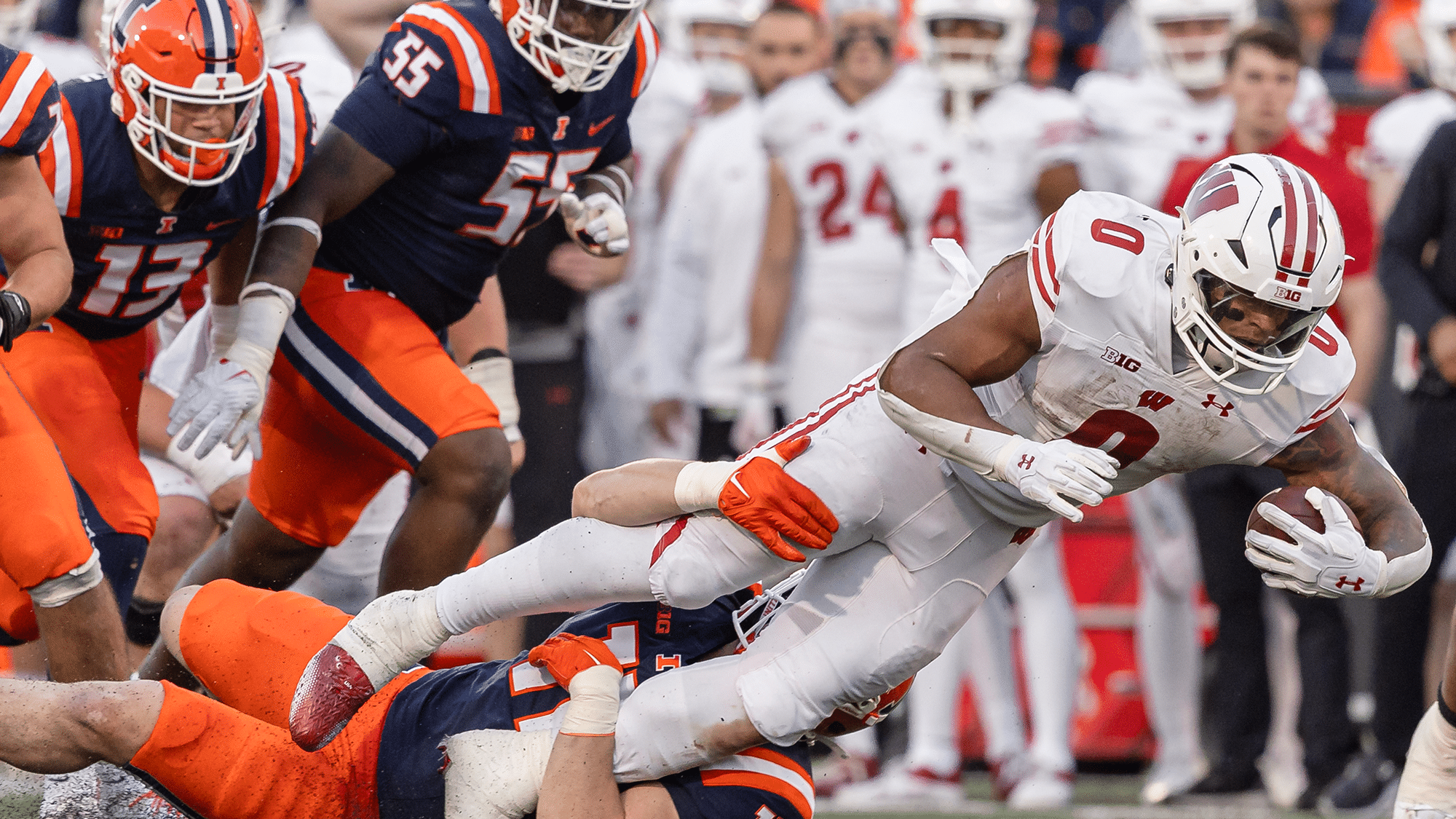
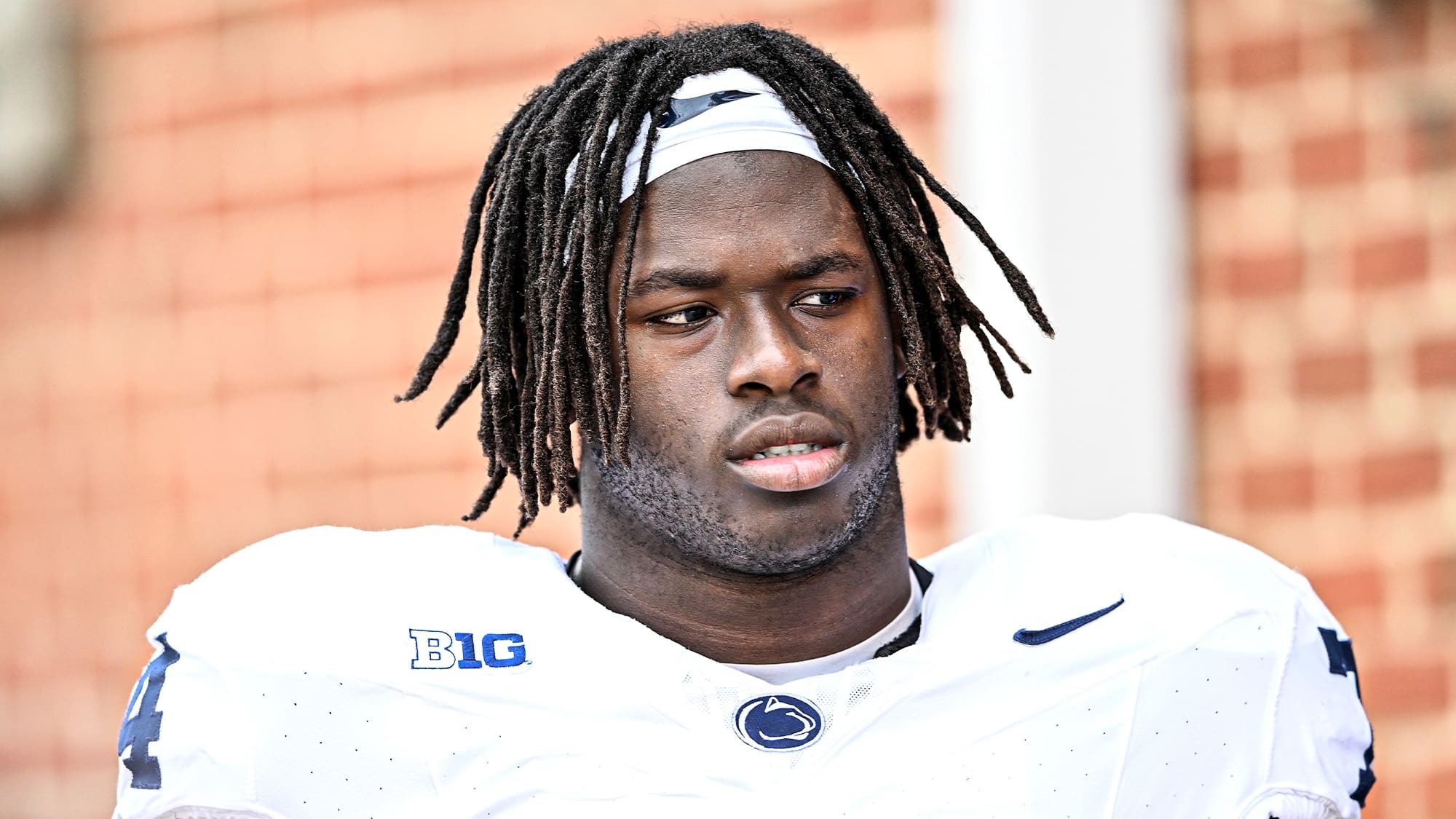


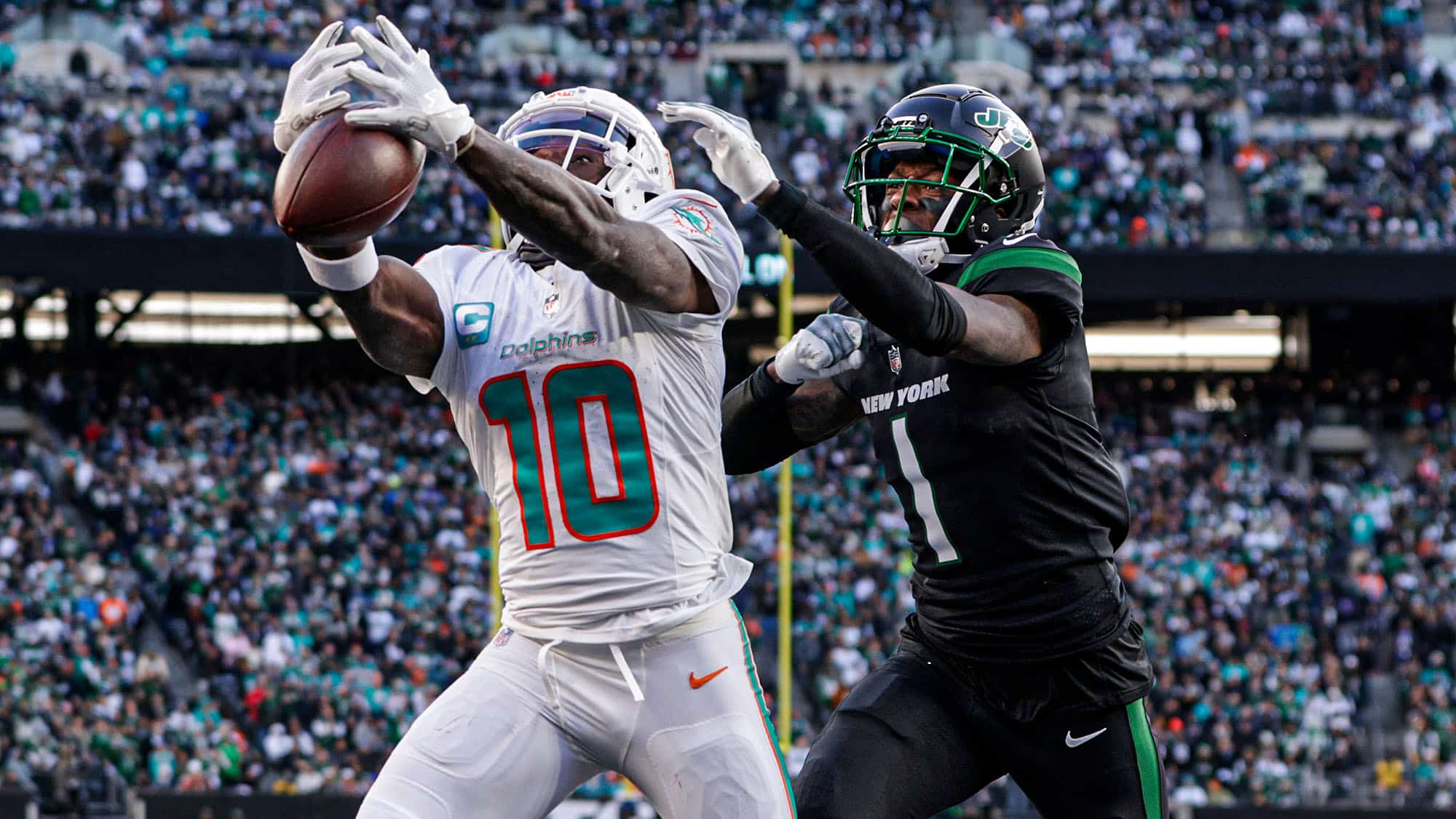
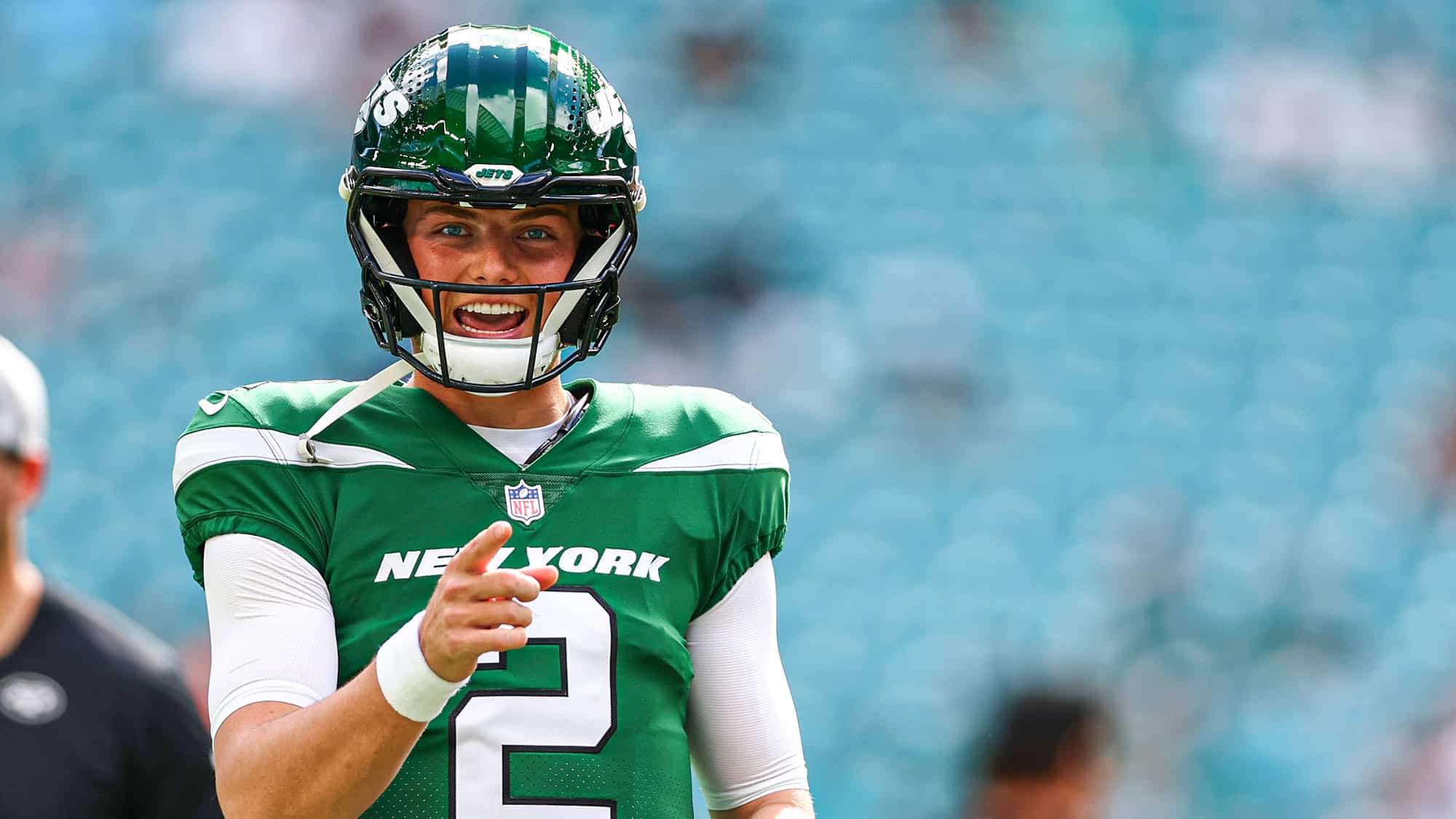
This is the biggest concern in my opinion. I’ve read and heard a lot of talk with people upset the Jets think Rogers is going to fix the OL problems etc. I think the OL will get better, my concern is the Jets think Rogers can fix the Nathaniel Hackett problem. I’m not sure he can.
We have watched offenses evolve and the days of lining up, setting the offense and reading the defense are over. I worry even Rogers’ version of offense is a bit outdated and I don’t think Hackett adds anything new. Time will tell.
I am looking big picture, I’ve watched all these playoff games, and the Jets’ are right…they aren’t far away.
I agree until the last paragraph. What the playoffs have shown me is that even solid defenses get fooled and pushed around by creative play calling. Green Bay, SF, LA Rams, KC, Detroit, even Tampa for God’s sake (with Todd Bowles coaching) all used creative play calling to their advantage to keep the defenses guessing. The Jets are a far cry from that.
Been watching Jet games for 40 years and I’ve never seen as bad a play caller as what Hackett showed in 2023. And that’s saying something for this mediocre franchise. I do not think it’s correctable. Sometimes the person just does not have the skill for the role. Rodgers will essentially have to be the QB and play-caller for this to have any chance of succeeding.